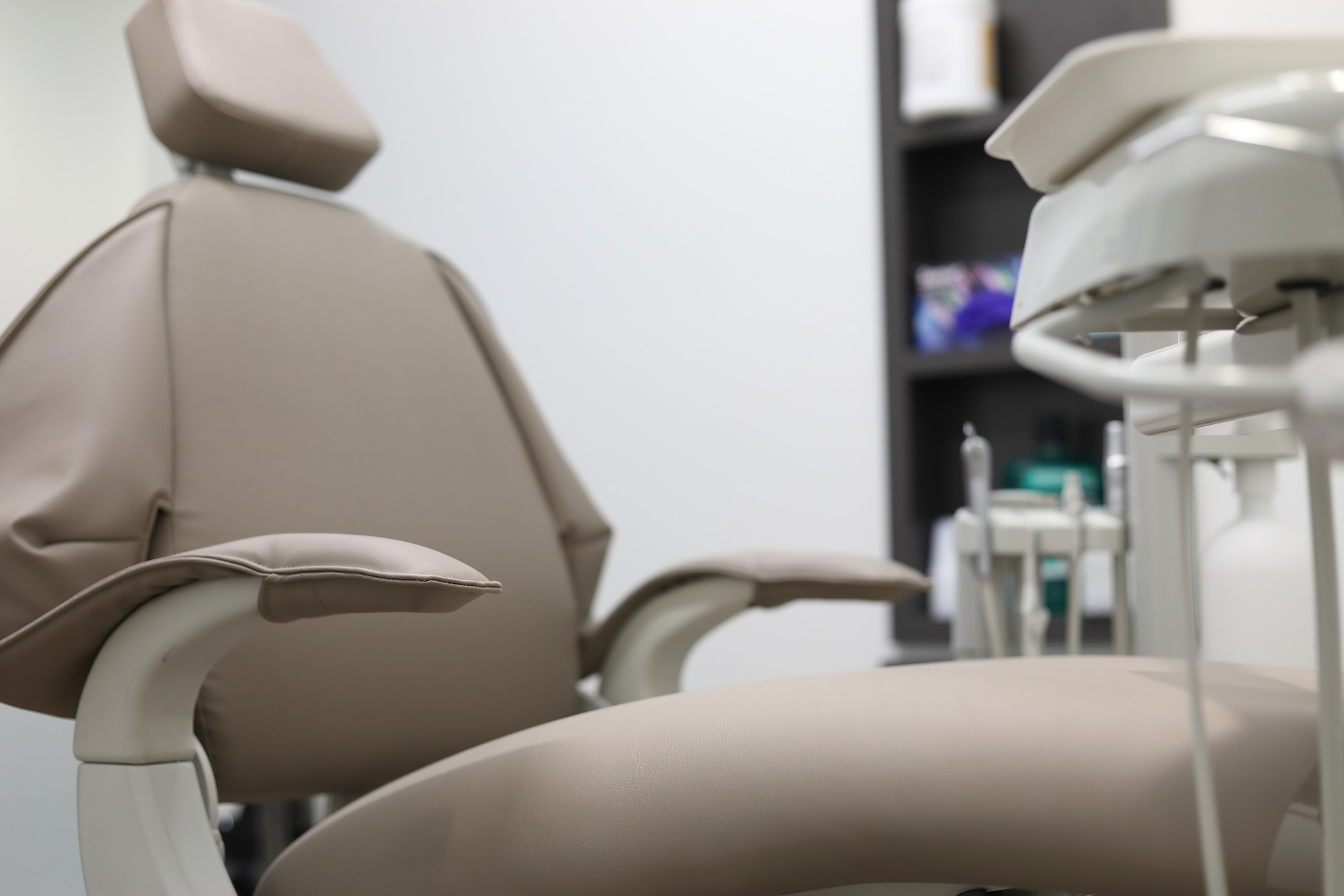The ‘spare tire’ area of the body is the most dreaded place for unsightly fat. That section around and near our waistline and extending downward…yep…that stubborn belly fat that those suffering for it would love to remove. Many have tried special diets, exercise routines and expensive equipment to help them rid that extra baggage. But, have you tied Yoga?
Why has worried About The Belly Fat Region?
This is one of the most noticeable areas, thus making many quite self-conscious. While your mental health may be affected by this feeling, your physical health could be at risk also. Fat in this region of the body has been linked to certain cancers, heart disease, Type 2 diabetes, and insulin resistance; all of which can be life-threatening.
Read also: Bed Time Yoga to Sleep Well
As we get older, this is even worse, as we slow down physically and so does our metabolism often increase this area of fat. So, to maintain a healthy lifestyle, one should learn to use the following exercises and follow them while maintaining a nutritious diet. One without the other simply won’t work.
Specific Postures
The following are some poses that are great for reducing that pesky belly fat. You should try to hold each pose for 15-30 seconds, and try to repeat it about 5 times with 15 seconds rest in between
Wind Easing Posture (Pavanamukthasana)
This one tone and firms the abdomen and relieves the lower back.
- Lie flat on your back with your legs stretched and arms at your side.
- Stretch your feet out with heels touching
- While exhaling, bend the knees and bring them toward your chest
- Press tightly toward your abdomen, applying pressure to the abdominal region
- As you breathe deep, hold this pose for approximately 60 – 90 seconds
- Exhale and release your knees while bringing your hands down to your sides with palms facing downward.
Cobra Posture (Bhujang Asana)
A word of caution should be you suffer from ulcers, back injuries, hernias or may be pregnant this pose should not be done by these individuals.
- While lying on your stomach with your legs outstretched and palms under your shoulders, touch your toes and chin to the floor.
- Keeping your legs flat on the floor, inhale slowly and begin raising your chest while bending backward as much as possible.
- As you exhale, slowly lower yourself back to the original position.
Pontoon Posture (Naukasana)
Wonderful pose for tightening the stomach muscles and strengthening the legs and back.
- With your back flat and legs together stretched out and arms at your side (palms down), inhale slowly and begin raising your legs, keeping straight.
- Stretch your foot and toes pointing straight and raise your legs as high as possible.
- Once you have reached this point, with arms straight, reach to your toes to create a 45-degree angle with your body. Hold the pose and normally breathe for 15 seconds. Release and inhale.
Bow Posture (Dhanurasana)
Strengthen your core with this pose. Full potential can be reached by rocking back and forth.
- While lying on your stomach with your arms at your side, outstretch your legs
- Bend your legs at the knees and reach backward with your arms to grasps the ankles and hold.
- While inhaling, lift the head and begin bending backward while trying to lift your head a high as you possibly can.
- Hold the pose for 15-30 seconds, breathing normally.
- Exhale and come back to the original position.
Board (Kumbhakasana)
Caution should be taken if you have high blood pressure or and spinal injury.
- Start by crouching with hand and knees directly underneath the shoulders and hips.
- With the toes tucked under, begin to step back with your feet extending your legs. The entire body should be in a straight line from head to toe. Be sure to keep your hand flat with fingers spread apart.
- Hold for 15-30 seconds or as long as possible. Then exhale and drop back to your knees.
It’s best for your body to complete these in the morning. Your best results will be to repeat the poses daily, 3-5 times, three days per week then take a day off.
Kathy Mitchell was born and raised in the USA. She has done MA in English literature. She loves to publish her article on different health websites. In her spare time, she likes to do research on health information. She is an inspirational writer who strongly believes in the power of self-motivation. Also, she is contributing to consumer health digest since 2011, which is a leading health news platform. Connect with her on Facebook and Twitter and Google+.
Read More:






















